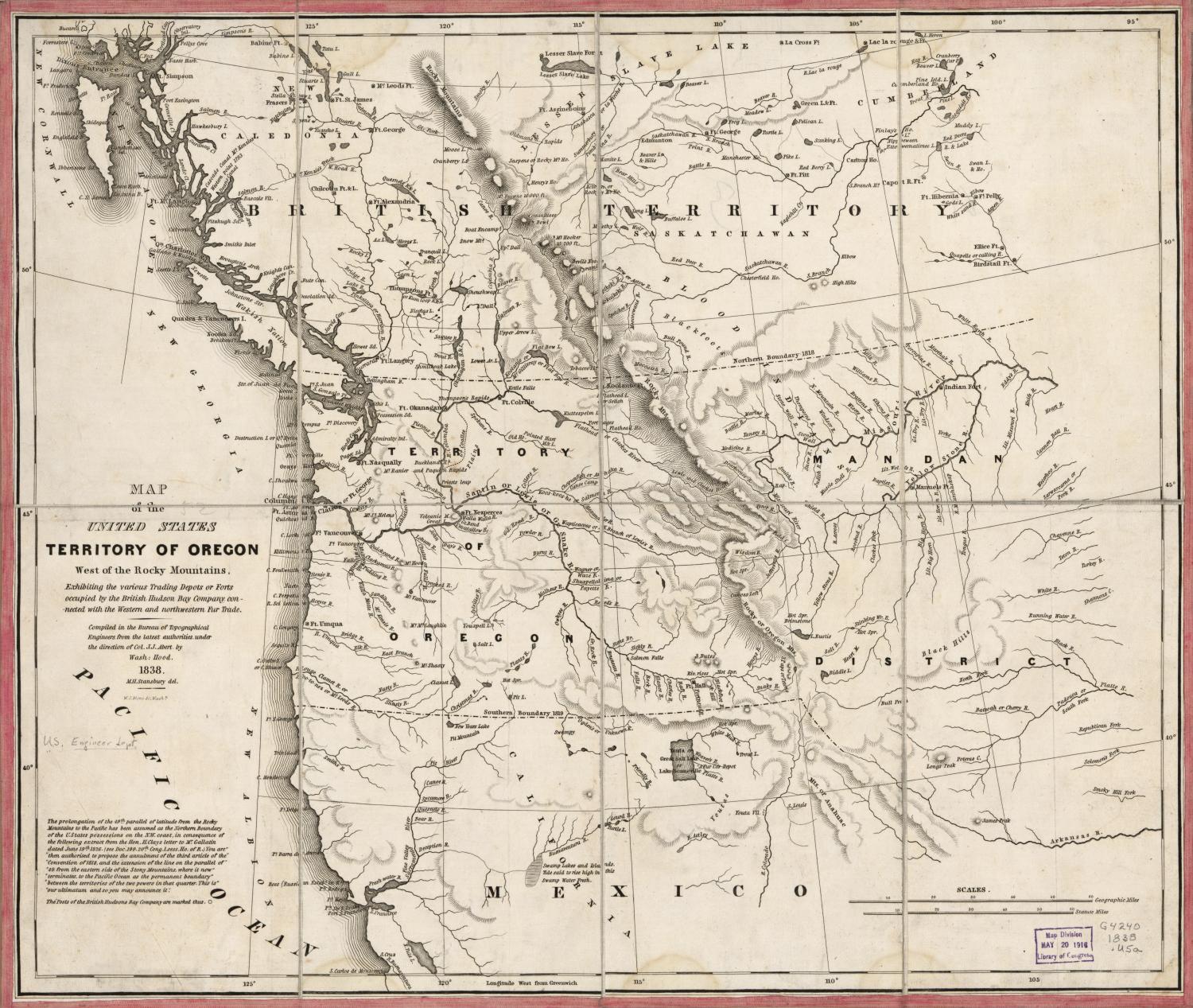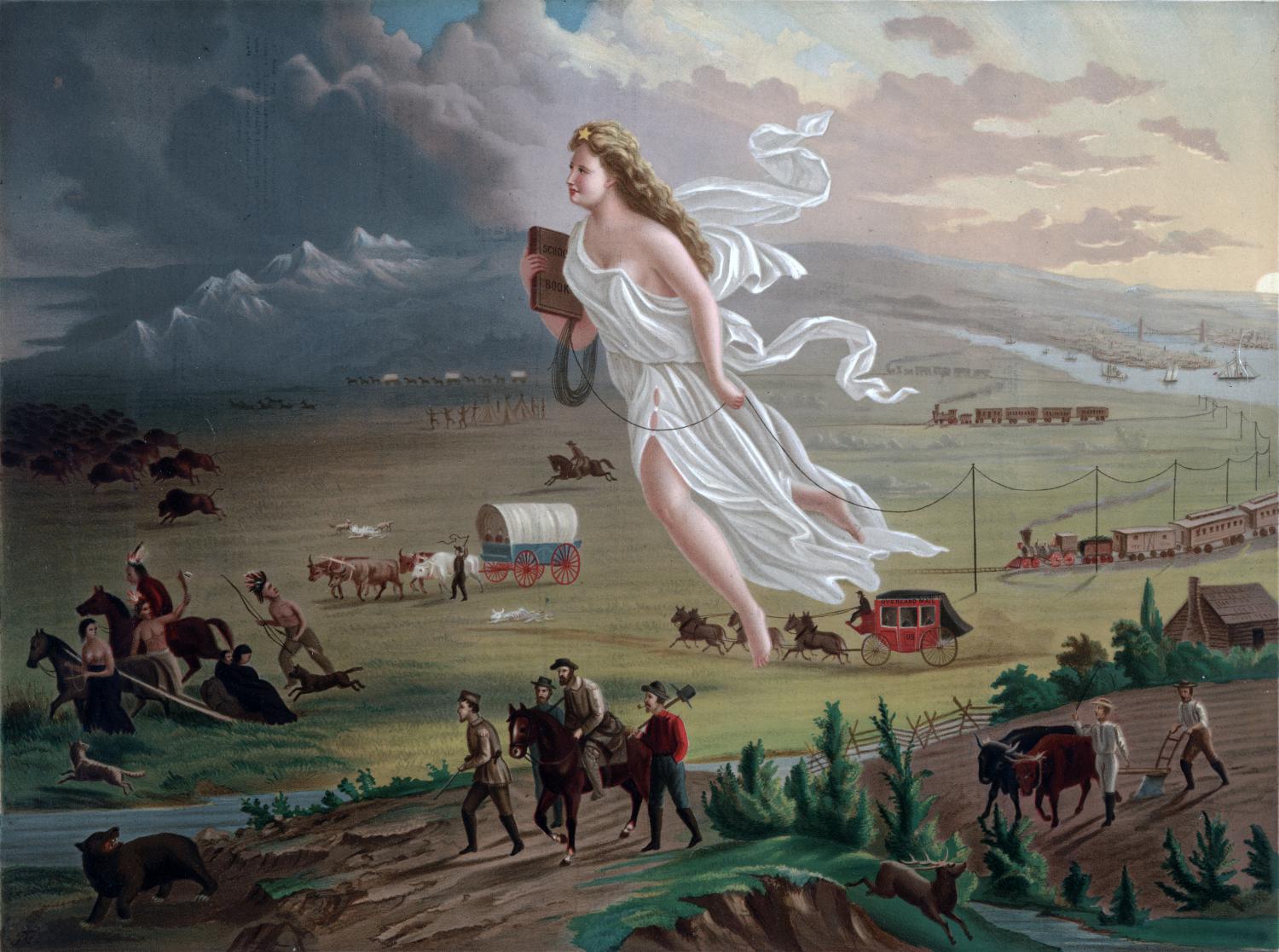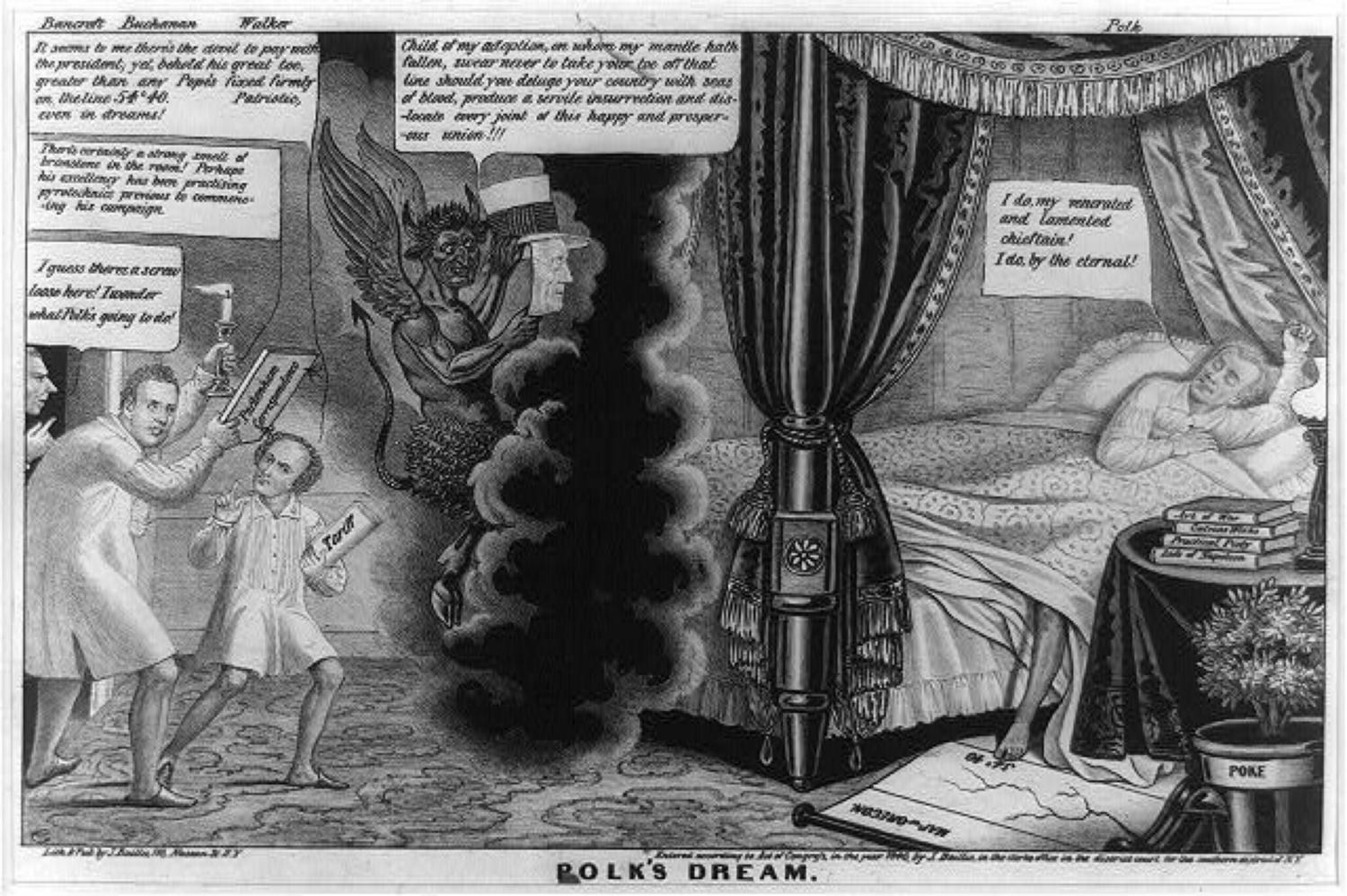The Fight for 54-40
A new American president sets his sights on British Columbia
Date: 1844
Few Americans knew who James K. Polk was before he became the Democratic Party’s presidential nominee in 1844. But soon after, the slaveholder and former governor of Tennessee would galvanize the United States with a call to expand its territory across North America.
At the time, the so-called Oregon Territory spanned the Pacific Northwest, including what is known today as Oregon, Idaho and Washington, as well as parts of Montana and Wyoming and most of modern-day British Columbia. Both Britain and the United States claimed ownership of the land. But the Convention of Oregon in 1818 established joint control of the territory, leaving either power to navigate throughout and settle the land. The agreement, however, was only temporary. In 1827, Britain and the United States renewed the pact to jointly occupy Oregon Country, known to the British as the Columbia District and later the Columbia Department.
By the time Polk secured the Democratic nomination, thousands of white pioneers had travelled westward along the Oregon Trail and settled in the Oregon Territory. The term “manifest destiny” would not be coined until 1845, however, the belief that the United States was chosen by God to spread its republic across the entire continent was already broadly popular. The idea not only encouraged Americans to spread far and wide but excused the displacement and violence that settlement unleashed on Indigenous people. Polk, a shrewd political mind, tapped into the popularity of manifest destiny. He campaigned on a platform to expand America’s frontier to include Texas, California and the Oregon Territory.
Despite popular belief, historians say the famous slogan “Fifty-Four Forty or Fight!” wasn’t actually used during Polk’s presidential run. The phrase, which came into vogue later in Polk’s presidency, refers to the northern boundary of Oregon Country, the latitude line of 54 degrees 40 minutes north, near the southern tip of Russian-held Alaska. Nevertheless, the allure of American expansion captivated enough voters to help secure Polk an unexpected presidential victory in December 1844. Control over what is now called British Columbia hung in the balance.
Sources:
- “54° 40’ or Fight.” U.S. History, 2008, www.ushistory.org/us/29b.asp.
- “Crafting the Oregon Constitution - Oregon Fever Grips America.” State of Oregon, 2020, sos.oregon.gov/archives/exhibits/constitution/Pages/before-fever.aspx.
- Ficken, Robert. Unsettled Boundaries: Fraser Gold and the British-American Northwest. Illustrated, Washington State University Press, 2003.
- History.com Editors. “Manifest Destiny.” HISTORY, 15 Nov. 2019, www.history.com/topics/westward-expansion/manifest-destiny.
- Miles, Edwin A. “‘Fifty-Four Forty or Fight’--An American Political Legend.” The Mississippi Valley Historical Review, vol. 44, no. 2, 1957, p. 291. Crossref, doi:10.2307/1887191.
- Nicholson, Norman L. “Convention of 1818.” The Canadian Encyclopedia, 6 Feb. 2006, www.thecanadianencyclopedia.ca/en/article/convention-of-1818.
- Polk, James K. “First Annual Message.” UVA Miller Center, 2 Dec. 1845, millercenter.org/the-presidency/presidential-speeches/december-2-1845-first-annual-message.
- The White House. “James K. Polk.” The White House, 18 Jan. 2021, www.whitehouse.gov/about-the-white-house/presidents/james-k-polk.
- White House Historical Association. “The Enslaved Households of President James K. Polk.” WHHA (En-US), 3 Jan. 2020, www.whitehousehistory.org/the-enslaved-households-of-james-k-polk.





